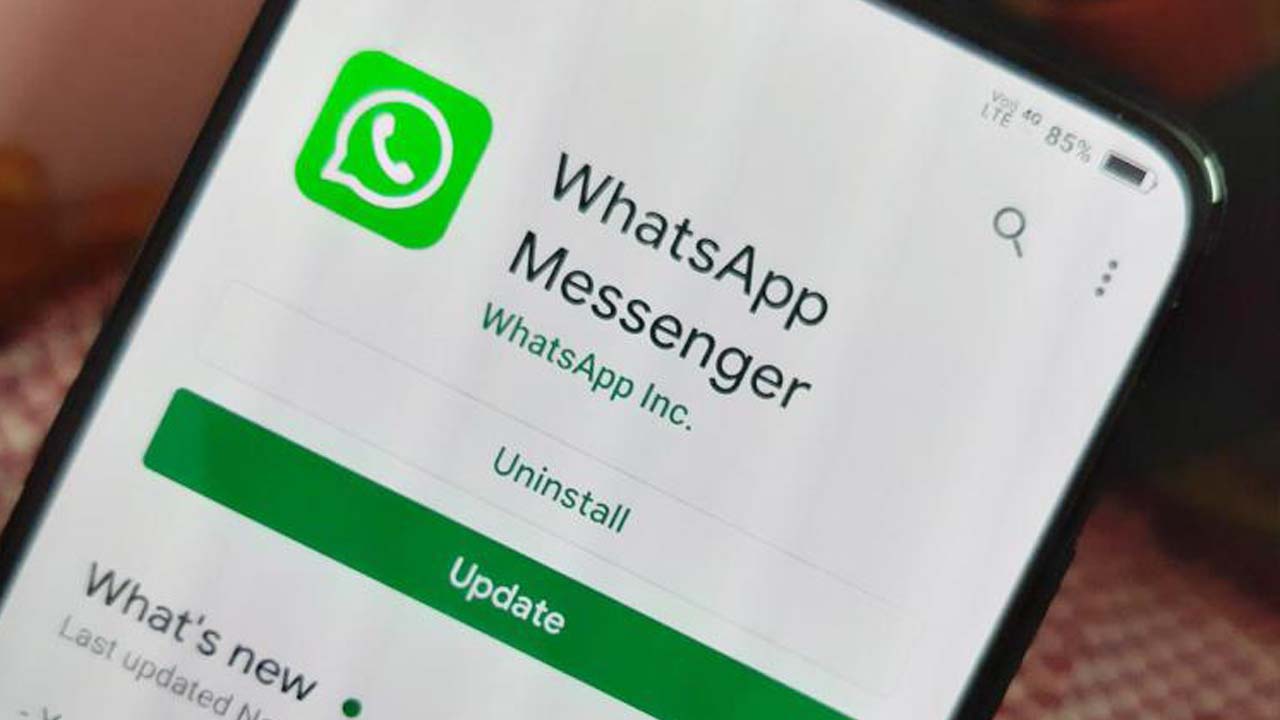For many years now, the discussion on digital privacy has been going on. However, after the recent change in the WhatsApp policy to share user data with Facebook, many smartphone users have now started paying attention to this issue. Here are a few settings you can change if you are worried and want to monitor and protect your privacy on your smartphone.
Manage app permissions: Have you ever paid any attention to the permissions on your phone that an app requires? The probability is that you might have only installed the software, agreed with everything and started using the app, allowing apps open access to all the data on your computer. Thankfully, you can change this for every software that you update on your smartphone to ensure that your privacy is covered.
On your smartphone, open the settings and go to the privacy section to access the Permission Manager. A list of system features, such as camera, call logs, position, microphone, storage, etc., will be displayed once you open the Permission Manager. To view the list of apps accessing that particular feature, you can open each section and then change settings to reject any app you don’t want to access a specific feature. We strongly recommend that only critical applications be allowed and the other ones be excluded.
Example: If you are using Telegram for communication, you need to offer contact permission, but you may refuse your call logs access. In order to protect your privacy, make sure that you read through the permission criteria of every software that you instal and grant access permission.
Do not use quick account sign-ups: in order to use them now, almost all applications and services need you to build an account. What most of us prefer to do, though, is that we want to sign up using Google, Facebook or Twitter instead of going through the choice to build an account. You do not know that you are giving these third-party apps and services access to all of the information in your Google, Facebook or Twitter account when you select that choice.
Instead of choosing the easy method of signing up with an existing service, take a few minutes and always sign up with your email manually.
This is a serious risk to privacy as the apps will monitor you constantly using your personal details and your user history. Take a few minutes and always sign up manually with your email, instead of using the convenient way to sign up with an established service. Access to third-party apps and services for apps and services you have already signed up for through Google or Facebook can be revoked.
To view and edit third-party apps with account access, go to your Google account settings and open the Security section. Open your account settings for Facebook, and then go to the Apps and Websites section to access and edit the list of apps logged in via Facebook.
Turn Off Ad Personalisation: You often come across ads in one type or the other when you visit the internet, check your email or access your social media network. It’s not by chance that your preferences or your recent searches are often important to these advertisements. This occurs because Google and Facebook have ad personalization enabled for your account by default, which ensures that specific advertisements that fit your preferences are displayed to you by monitoring your use and using your personal information. You need to update your privacy settings to prevent this from happening.
For Google, open the settings for your account and go to Data & Personalization. In this section, you will see the Ad Personalization function, open Ad Settings, and then you can turn this feature off. This will prevent your details from being used by Google via Chrome, YouTube and all other Google services. Open Settings > Ads to do the same for Facebook and go to Ad Settings > Partner Activity Data and then turn off the Facebook and Instagram account option under ‘Choose where we can use our partner data to send you targeted ads.’
Location History Control: Google keeps track of the history of your location all the time, you know. Based on your history, Google uses this information to provide personalised suggestions and recommendations. This also implies, however, that your location is being monitored continuously, and your past and current location behaviour can be accessed via your account.
By opening the Google Maps app on your phone and going to your profile > Your Timeline, you can access your position history. You will be able to view your position from every day in the past on the page that opens. Tap on the three dots on the top right and open the settings to avoid monitoring your position. Tap Location History Settings in the settings, and then you can turn it off for your Google account.


